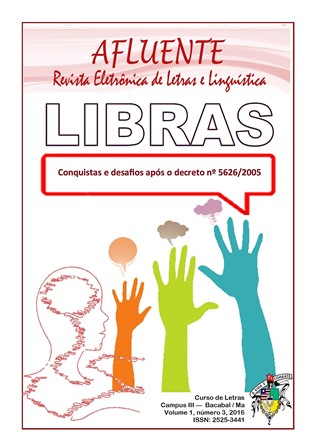BILINGUALISM AND SIGNWRITING
Resumen
Current methods for educating deaf children through English as a second language need to be examined in order to provide assistance in obtaining English literacy. Although special education settings and the development of language theories and development of bilingual education for the deaf still present an unsatisfactory picture, many adolescents and deaf adults have their reading comprehension skills at the 4th or 5th grade level. It is important that educators understand how the learning process of deaf children occurs to improve their strategies within classrooms. As a result, educators will be able to use appropriate teaching and encourage deaf students to be whole people, who know how to express themselves in sign language and SignWriting. This article provides a new perspective on the approach of bilingualism for the deaf in the insertion of SignWriting in the education of the deaf. This article addresses the collaboration of SignWriting theories and understanding the effectiveness of Sign Writing (SignWriting), providing the scientific findings that will justify the teaching of SignWriting for deaf children. This study examined literature reviews and theories on bilingualism: SignWriting. Our studies are based on Andrews (2012); Holt (1994); Musselman (2000); Hoffmeister, Philip, Costello, & Grass (1997); Prinz & Strong (1998); Singleton, Supalla, Litchfield, & Schley (1998).
Descargas
Descargas
Publicado
Cómo citar
Número
Sección
Licencia
Direitos autorais Afluente: Revista Eletrônica de Letras e Linguística
Este trabalho está licenciado com uma Licença Creative Commons - Atribuição 4.0 Internacional.















